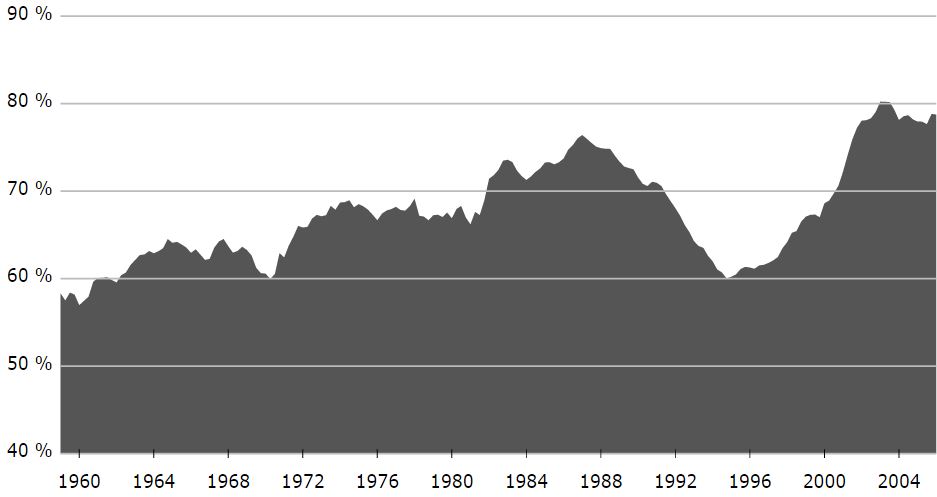Money Supply, also known as Money Stock, refers to the amount of monetary assets that an economy has access to at a certain period of time.
Money supply can be measured by monitoring currency in circulation and demand deposits. This data is typically published and recorded by a nation’s government or central-bank.
In the digital age, the concept of money supply is evolving to include digital currencies and cryptocurrencies, which are becoming an increasingly significant factor in the global economy.
Money supply and prices
Money supply has a direct effect on inflation, the business cycle, and the price level of goods and services. There is a strong relationship between the growth of money supply and long-term price inflation.

There is no specific definition of what the money supply is, because what components should be included varies considerably from country-to-country. There are narrow measures that account for only the most liquid assets (such as cash or checkable deposits) and also broader measures which include less liquid type assets (such as certificates of deposit).
Money includes notes and coins in circulation, coins in bank vaults, Federal Reserve Bank credit, travelers checks, demand deposits, other checkable deposits, savings deposits, Time deposits, money market deposit accounts, large time deposits, and money market funds.
However, not all economic measures of money supply choose to include every “type of money”.
Different forms of money
Different forms of money are classified as “M”s such as M0, M1, M2 and M3, according to the type and size of the account in which the instrument is kept.
ft.com/lexicon defines M0, M1, M2 and M3 as follows:
– M0 and M1, also known as narrow money, typically include coins and notes in circulation, as well as other money equivalents that can be easily converted into cash.
– M2 is M1 plus short-term time deposits in banks, as well as 24-hour money market funds.
– M3 is M2 plus longer-term time deposits, as well as money market funds with over 24-hour maturity.
The UK uses M4, which is similar to M3.
According to the United States Federal Reserve:
“M1 is defined as the sum of currency held by the public and transaction deposits at depository institutions (which are financial institutions that obtain their funds mainly through deposits from the public, such as commercial banks, savings and loan associations, savings banks, and credit unions). M2 is defined as M1 plus savings deposits, small-denomination time deposits (those issued in amounts of less than $100,000), and retail money market mutual fund shares.”
Interest rates will usually fall when the money supply in a economy rises. This stimulates spending, because consumers have more cash. The increased demand for products means that businesses need to produce more – increasing employment. The opposite typically happens if the money supply goes down.
The Neutrality of Money is a monetary theory that changes in the money supply do not affect GDP or the basic structure of an economy.
Fluctuations in a country’s money supply can also influence exchange rates, where an increased money supply can lead to a depreciation of the national currency against foreign currencies.
Video – What is Money Supply
This educational video, from our sister channel on YouTube – Marketing Business Network, explains what ‘Money Supply’ means using simple and easy-to-understand language and examples.
